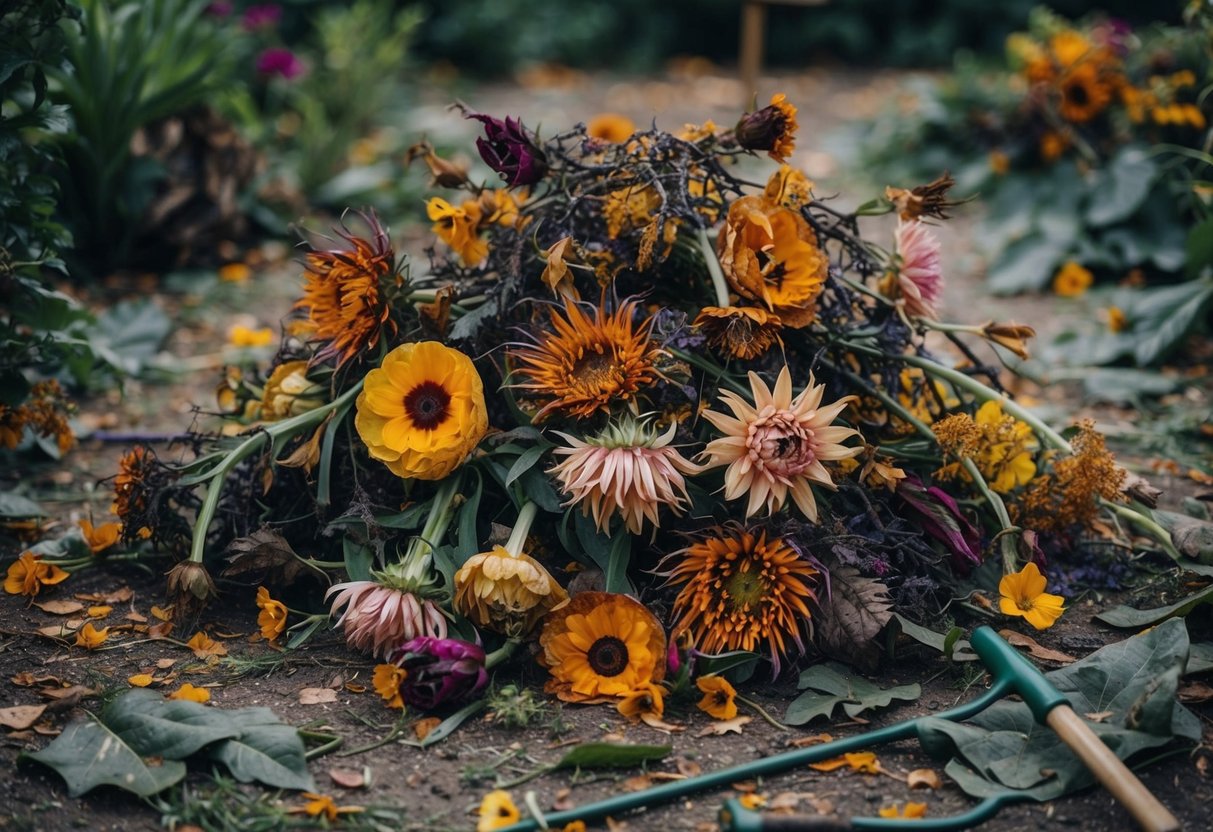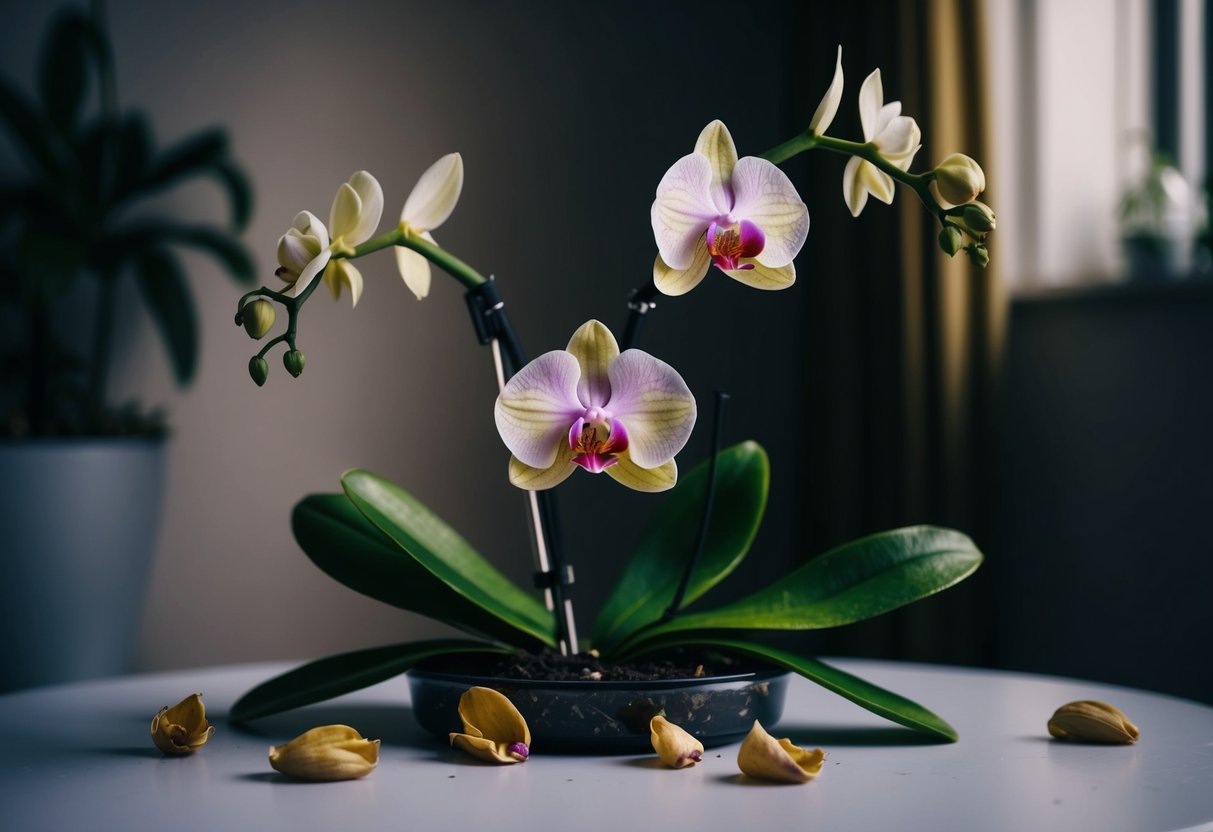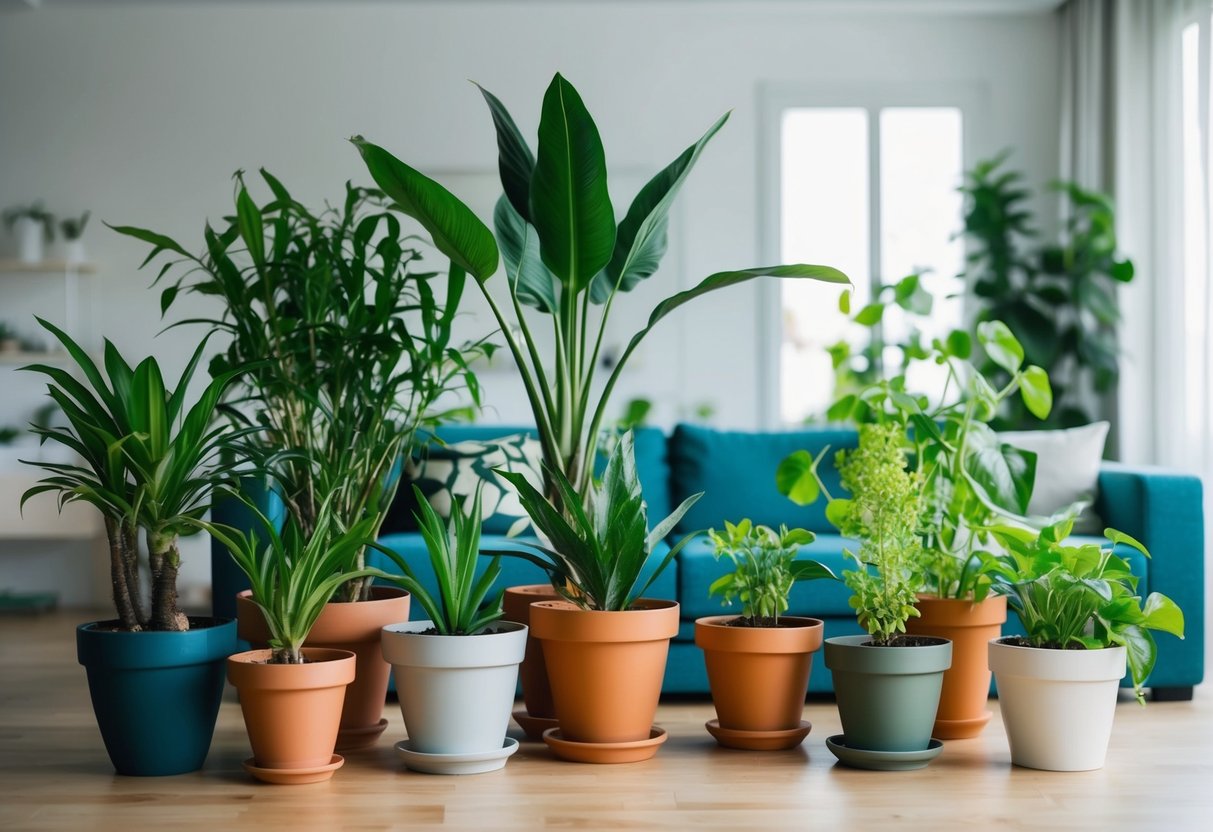What is the Hardest Flower to Take Care of? Tips for Beginners
Choosing the right flower for your home or garden can be quite the challenge. If you’re looking for a real test of your green thumb, you might wonder what the hardest flower to care for is. The Zebra Plant is often considered one of the toughest, needing a warm and humid environment for proper growth. Its tropical charm might lure you in, but maintaining it can require a lot of attention and love.

You may also find taking care of the Gardenia quite demanding. These flowers may not bloom well if the temperature drops below 60°F, and they need exactly the right amount of water without getting the leaves wet. It’s a delicate balance, and many gardeners find themselves challenged by these finicky beauties.
For an extra challenge, try caring for the Maidenhair Fern. It thrives in a humid environment with dappled light, often making a bathroom the perfect spot for it. With its need for frequent misting and just the right light, this plant can test your patience and dedication. If you’re up for the challenge, these plants can be your perfect match.
Understanding the Complexity of Flower Care

Caring for flowers can be tricky. You need to think about things like light, water, and soil. For some plants, the climate matters a lot too. Let’s explore some specific challenges and factors that make flower care complex.
Factors Influencing Difficulty
One big factor in flower care is the environment. Flowers like orchids often need high humidity to thrive. You might need a humidifier or a special spot that stays moist. Another factor is light. Some flowers prefer indirect sunlight and can wilt if they get too much direct sun.
The type of soil is also crucial. Some flowers need moist soil to grow well. Overwatering can be a problem though, so you have to find a balance. Native plants are generally easier to maintain because they are already adapted to your local climate.
Common Challenges in Flower Maintenance
Keeping flowers healthy can present several challenges. Overwatering is a common mistake. Many assume more water means a healthier plant, but it can lead to root rot. Always check the soil’s moisture level before watering.
Humidity can also fluctuate indoors, making things hard for plants that love humidity. This is where you might need to get a little creative with tools like humidity trays. Also, maintaining the right light conditions is key. While you may think your plant needs constant sunlight, indirect sunlight often works best for many challenging flowers. Adjusting these elements can greatly impact your plant’s well-being.
Profiles of Demanding Flowers

These flowers can be quite tricky to care for but are rewarding for those who love a challenge. From the exotic beauty of orchids to the classic elegance of roses, each plant has its own set of needs that require close attention.
The Delicate Orchid Family
Orchids are a popular choice for many plant lovers. They have stunning flowers but can be quite demanding. These plants require very specific conditions to thrive. You’ll need to ensure a balance of light, temperature, and humidity. Orchids prefer bright, indirect sunlight and temperatures between 60°F and 80°F. They also benefit from high humidity, around 50 to 70 percent.
Watering orchids takes a bit of finesse. Too much water can lead to root rot, while too little will cause dehydration. It’s best to water them in the morning and allow excess water to drain. Doing this helps prevent standing water. Make sure to use a well-draining bark mix instead of standard potting soil for orchids.
Gardenia Jasminoides: A Fragrant Challenge
Gardenias are known for their fragrant, white flowers. They are popular choices for their beauty and scent, yet they are notoriously difficult to care for. Gardenia Jasminoides needs bright, indirect sunlight, acidic soil, and consistent moisture to bloom successfully.
Temperature is crucial for gardenias. They prefer a range between 65°F and 70°F during the day and slightly cooler at night. Cold drafts or fluctuations could cause these flowers to drop their buds. It’s important to water gardenias from below, as wet leaves can lead to spotting or disease. Keep the soil moist but not soggy.
The Finicky Nature of Fiddle-Leaf Figs
Fiddle-leaf figs are trendy but challenging indoor plants. They have large, violin-shaped leaves. This gives them a dramatic appearance. Yet, they are quite particular about their environment. You’ll need to place them in a spot with bright, filtered light. Avoid direct sunlight, which can scorch the leaves.
These plants prefer warm, humid conditions. Sudden temperature changes or drafts can stress them out. When it comes to watering, aim to keep the soil consistently moist, but be careful not to overwater. It’s good practice to check the top inch of soil and water only when it’s dry. Regularly wipe the leaves to remove dust and allow the plant to breathe better.
Roses: Beauty that Demands Attention
Roses are considered the symbol of love and beauty. They are elegant but require consistent care. Whether you’re growing standard or miniature roses, light, air circulation, and feeding are essential. Roses love full sun and well-draining soil. Planting them where they get six to eight hours of sunlight is ideal.
Roses are prone to diseases like black spot, so maintaining airflow between plants is vital. You’ll want to water them at the base to avoid wetting the leaves. Removing spent blooms encourages more flowers and helps prevent disease. Feeding roses with a balanced fertilizer during the growing season keeps them healthy and vibrant.
Essential Care Techniques for Sensitive Plants

Sensitive plants need special attention to thrive. They require a balance in watering, humidity, temperature, and proper soil.
Watering Wisdom: Avoiding Over and Underwatering
Sensitive plants thrive in moist soil, but not soggy. Water your plant when the top 50% of the soil is dry. Pour water until it drains from the pot’s bottom, then discard excess water. This avoids root rot from overwatering. Use a pot with drainage holes and a saucer to catch excess water.
Remember, underwatering can be just as harmful. Check the soil regularly for dryness. If too dry, the leaves may close or droop. Regularly monitoring soil moisture prevents these issues.
Humidity and Temperature Control
High humidity is crucial for sensitive plants. Humidity should be around 50-70%. Use a humidifier to keep the air moist. Placing plants in bathrooms or kitchens can help since these spaces are usually more humid.
For temperature, keep it between 65-75°F (18-24°C) for optimal growth. Avoid placing your plant near drafts or heating vents. Such temperature fluctuations can stress the plant, causing it not to perform well. Consistent humidity and temperature maintain plant health.
Soil and Nutrient Management
Loamy, well-draining soil is essential for sensitive plants. It ensures the roots receive oxygen and prevents them from sitting in water. Use a mix of peat moss and perlite to achieve this texture.
Fertilize your sensitive plant during the growing season with a balanced liquid fertilizer diluted to half strength. Avoid over-fertilizing, as it can harm the plant. Nutrients should be provided sparingly and only when necessary.
Keep your plant in indirect light. Direct sunlight can be too harsh, causing leaf burn. Instead, a bright spot out of the sun’s direct rays is best. Proper light and nutrient management will ensure your plant stays healthy and vibrant.
Selecting the Right Environment for Indoor Plants

Creating the right environment for indoor plants can mean the difference between thriving greenery and wilted leaves. Key factors include lighting and humidity, which vary depending on the specific needs of your plants.
Lighting Conditions for Healthy Growth
Light is crucial for indoor plants to grow. Most houseplants, like monstera and pothos, prefer indirect sunlight. Direct sunlight can scorch their leaves, so placing them near windows with filtered light or in rooms with bright, indirect light works best.
If your home lacks natural sunlight, consider using LED grow lights. They mimic the sun’s energy, ensuring your plants get the right amount of light. Consistent light helps plants like snake plants and peace lilies flourish.
It’s also essential to rotate your plants regularly. This helps ensure even exposure to light and prevents one side from yellowing or growing unevenly.
Humidity-Friendly Houseplants
Humidity is another important factor. Some plants, such as the peace lily and African violet, thrive in humid environments. These plants often need humidity levels of about 60-70%.
If your home is dry, use humidifiers or place water trays near your plants to increase moisture levels. Another method is to group plants, creating a microenvironment that boosts humidity through transpiration.
For lower maintenance, choose plants like the snake plant, which doesn’t require high humidity to survive. Understanding these needs helps keep your indoor plants healthy and vibrant.
Additional Considerations for Exquisite Blooms

To maintain a vibrant and colorful garden, attracting pollinators and achieving year-round color are crucial. Proper planning ensures that your garden remains lively and eye-catching.
Attracting Pollinators to Your Garden
Pollinators like bees, butterflies, and hummingbirds are essential for the health of your garden. You can attract them by planting easy-to-grow flowers such as zinnias, marigolds, and petunias. These blooms are not only colorful but also rich in nectar, making them irresistible to pollinators.
Consider using a variety of colors and shapes in your flower choice. Bright blooms, such as dahlias, catch the eyes of hummingbirds. Creating clusters of flowers can also be effective because it makes it easier for pollinators to spot them from a distance. Providing a small water source, like a shallow dish with stones, can offer a resting spot for tired pollinators.
Stay away from pesticides; they can harm pollinators. Instead, focus on creating a natural environment. A few native plants also might be a good idea since they are more familiar to local pollinators.
Achieving Year-Round Color
To keep your garden colorful throughout the year, you must plant a mix of flowers that bloom at different times. Early spring can feature peonies and lilies, while summer showcases begonias and dahlias. For autumn colors, consider hardy options like marigolds and zinnias.
For winter, you could use succulents for greenery. They flourish even when other plants go dormant. Mixing perennials with annuals like petunias offers continuous refreshment in your garden.
Use a calendar to plan when to plant each flower. This ensures each blooms in its season, creating a seamless flow of color throughout the year. Pay attention to the sun and shade requirements, so each plant thrives and brings its best color to your garden.







